What Is Level 7 in Food?
Introduction
When we think of food, we often consider flavor, culture, and nutrition. But for individuals with swallowing difficulties (dysphagia), food is not just about taste—it’s about safety. To ensure safe swallowing, global healthcare experts developed a standardized system called the IDDSI framework, which classifies food and drinks into various levels based on texture and thickness.
One of the key components of this system is Level 7.
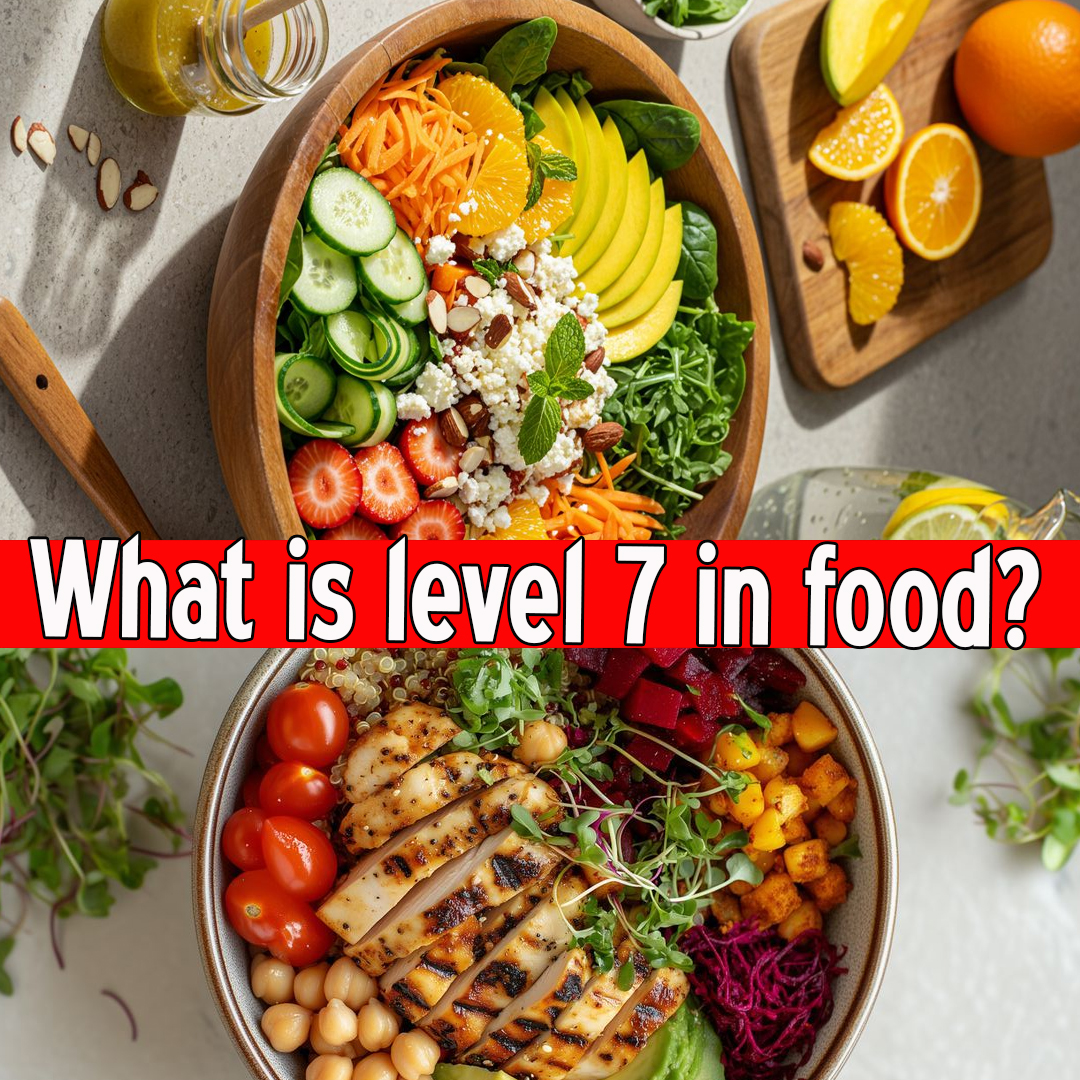
What is level 7 in food?
So, what is Level 7 in food?
Level 7 refers to “Regular” or “Easy to Chew” foods, depending on the specific medical needs of the individual.
- The origin and purpose of the IDDSI framework
- What Level 7 means
- Differences between Level 7 Regular and Level 7 Easy to Chew
- Who needs Level 7 foods
- Example foods and menus
- How it compares to other IDDSI levels
- Safety, preparation, and clinical implications
1. What Is the IDDSI Framework?
A. IDDSI Definition
The International Dysphagia Diet Standardisation Initiative (IDDSI) is a globally recognized framework that categorizes food and liquids into 8 levels (0 to 7) to help people with dysphagia (swallowing difficulties).
B. Why Was It Created?
Before IDDSI, there was no global consistency in terminology or standards. A food that was called “pureed” in one country might mean something different in another. This caused confusion for:
- Patients
- Caregivers
- Clinicians
- Food service providers
C. The 8 IDDSI Levels
| Level | Type |
|---|---|
| 0 | Thin liquids |
| 1 | Slightly thick liquids |
| 2 | Mildly thick liquids |
| 3 | Moderately thick / Liquidised food |
| 4 | Extremely thick / Pureed |
| 5 | Minced & Moist |
| 6 | Soft & Bite-sized |
| 7 | Regular / Easy to Chew |
2. Understanding Level 7 in Food
Level 7 is the highest level in the IDDSI food texture framework. It is divided into two subcategories:
- Level 7: Regular
- Level 7: Easy to Chew
Let’s break down both:
3. Level 7: Regular Food
Definition:
Level 7 Regular foods are normal, everyday foods that people eat without needing any modifications for texture or consistency.
Who Is It For?
- Individuals with normal chewing and swallowing abilities
- No dysphagia or food texture restrictions
- Suitable for the general population
Key Features:
- No restrictions on texture
- Includes crunchy, crispy, hard, chewy, dry, and mixed consistency foods
- Safe for individuals with fully functional oral motor skills
Examples:
- Whole fruits and vegetables (like apples or raw carrots)
- Meats like steak or fried chicken
- Toast, crackers, chips
- Nuts and seeds
- Sandwiches with mixed textures
4. Level 7: Easy to Chew Food
Definition:
Level 7 Easy to Chew foods are soft-textured and easy to bite, chew, and swallow but not as modified as the lower levels (like Level 6 or Level 5).
Who Needs It?
- People with mild swallowing issues
- Elderly individuals with dental issues or weak chewing muscles
- Patients transitioning from soft diets to regular ones
- Individuals recovering from oral surgery or stroke
Key Features:
- Foods should be tender and moist
- Avoid hard, dry, stringy, tough, sticky, or crumbly textures
- Foods should require minimal chewing but should still resemble regular food
- Bite-sized pieces not required, but food should be soft enough to be easily broken down
Testing Guidelines:
- Press the food with a fork: it should easily break with gentle pressure
- Must not be sticky or hard
- No tough skins (e.g., fruit peels) or bones
5. Comparison: Regular vs. Easy to Chew
| Feature | Level 7 Regular | Level 7 Easy to Chew |
|---|---|---|
| Suitable for | Healthy individuals | People with mild chewing difficulty |
| Food texture | All textures | Only soft and tender |
| Crunchy or hard items | Allowed | Not allowed |
| Moisture level | Any | Moist foods preferred |
| Example | Fried chicken, nuts, toast | Soft-cooked vegetables, soft fish |
| Chewing effort required | Normal | Minimal |
6. Examples of Level 7 Easy to Chew Foods
Proteins
- Soft scrambled eggs
- Tender cooked chicken (shredded or finely sliced)
- Well-cooked tofu or paneer
- Moist meatloaf or fish fillets
- Soft dals or lentil patties
Carbohydrates
- Soft chapati soaked in curry
- Mashed potatoes or rice
- Soft pasta with sauce
- Oats or porridge
Vegetables
- Steamed carrots or peas
- Cooked spinach
- Boiled potatoes
Fruits
- Banana
- Peeled peaches or pears
- Stewed apples
- Avocados
Snacks/Desserts
- Soft cakes or muffins (without nuts)
- Custard, yogurt, or soft kheer
- Rice pudding
- Soft cheese
7. Foods to Avoid at Level 7 Easy to Chew
- Hard crusted bread (bagels, toast)
- Nuts, seeds, popcorn
- Raw vegetables (e.g., celery, carrot sticks)
- Tough meats (steak, dry chicken)
- Foods with stringy textures (pineapple, celery)
- Sticky foods (peanut butter, toffee)
- Mixed consistency items (soup with chunks)
8. How Level 7 Fits Into Clinical Nutrition
A. In Hospitals and Nursing Homes
Patients recovering from strokes, surgery, or neurological conditions may be prescribed Level 7 Easy to Chew diets before transitioning to regular meals.
B. In Speech and Swallow Therapy
Speech-language pathologists assess swallowing and recommend appropriate IDDSI levels. Level 7 is often a goal level for individuals in dysphagia recovery.
C. In Geriatric Care
Older adults with tooth loss, weak jaw muscles, or dementia are often placed on Level 7 Easy to Chew diets to reduce choking risk.
9. Preparing Level 7 Foods at Home
Tips:
- Use slow-cooking methods (boiling, steaming, pressure cooking)
- Ensure food is moist (add broths, gravies, or sauces)
- Avoid over-frying or baking that causes dryness
- Use a fork test to check softness
Sample Level 7 Easy to Chew Meal Plan:
Breakfast:
- Mashed banana with oats and honey
- Scrambled eggs
- Herbal tea
Lunch:
- Soft paneer curry
- Cooked rice or soft chapati soaked in curry
- Steamed carrots
Snack:
- Yogurt with stewed apple
Dinner:
- Moong dal khichdi
- Soft-cooked mixed vegetables
- Kheer (soft rice pudding)
10. Safety Concerns
- Ensure food is not too dry or crumbly—it increases aspiration risk
- Avoid items with hidden hard pieces (e.g., fruit stones, fish bones)
- Serve foods at appropriate temperatures (extremely hot or cold foods may affect sensory swallowing)
11. Benefits of Level 7 Easy to Chew Diet
- Promotes independence in eating
- Improves nutrition for people with limited food options
- Reduces choking incidents
- Provides a more enjoyable food experience than lower levels like pureed diets
12. Level 7 and Quality of Life
Many patients on lower levels (pureed or minced food) feel disconnected from the joy of eating. Level 7 Easy to Chew foods look more like regular food and:
- Encourage better appetite and mood
- Help with social eating experiences
- Improve overall dignity and satisfaction
13. Global Use and Adoption
The IDDSI framework, including Level 7, is now adopted in:
- USA (endorsed by ASHA, Academy of Nutrition and Dietetics)
- UK NHS services
- Canada, Australia, India, and many more
Food service providers, hospitals, and aged care facilities use Level 7 labeling to ensure patient safety and standardization.
Conclusion: Why Level 7 Food Matters
Level 7 in the IDDSI framework stands for Regular and Easy to Chew foods. While regular food is meant for people with no swallowing problems, Easy to Chew is a carefully designed texture-modified diet that:
- Supports safe swallowing
- Improves nutritional intake
- Enhances quality of life for elderly and dysphagia patients
From hospitals to home kitchens, understanding Level 7 helps caregivers and patients make better, safer food choices. It’s not just about eating—it’s about eating with dignity, comfort, and safety.

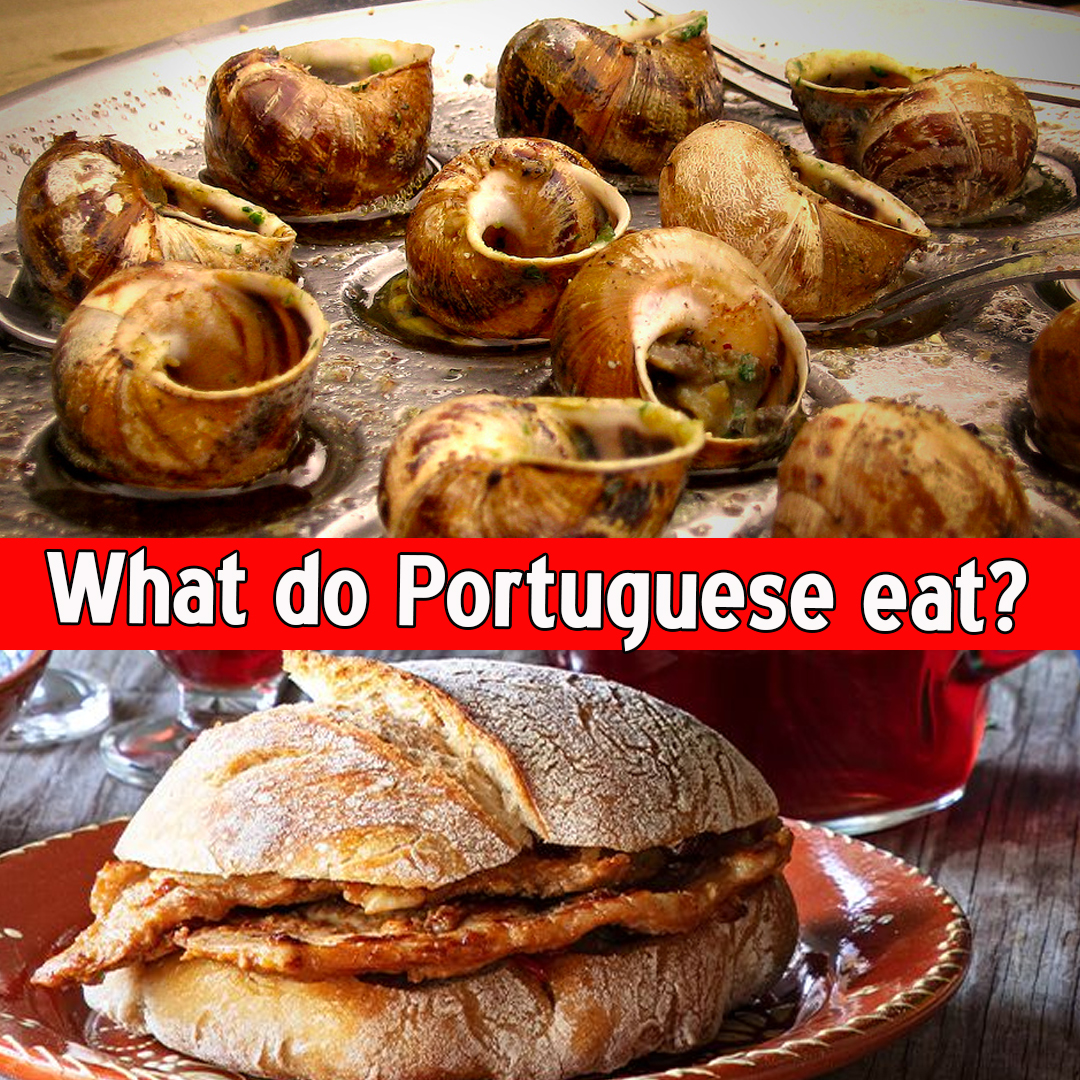


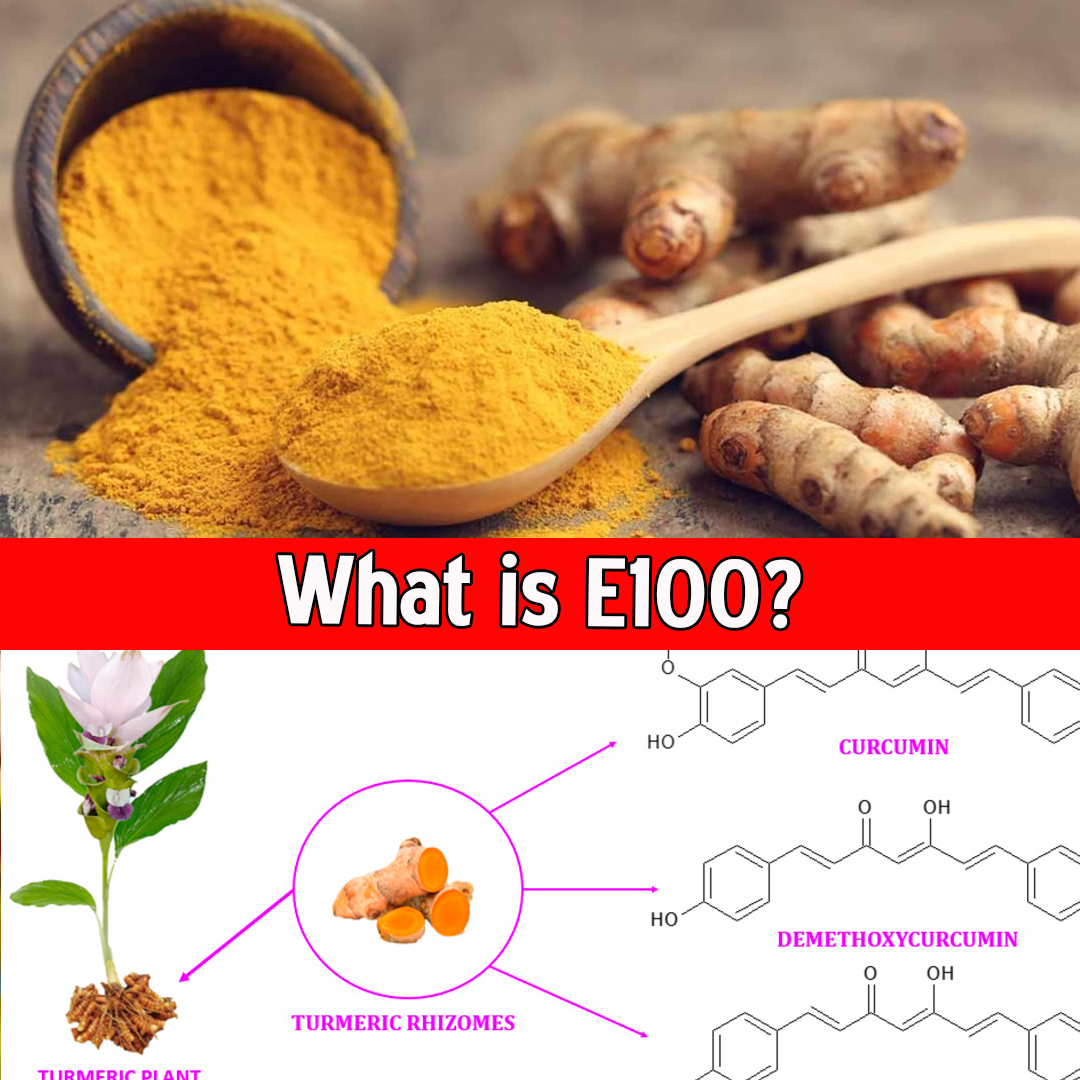

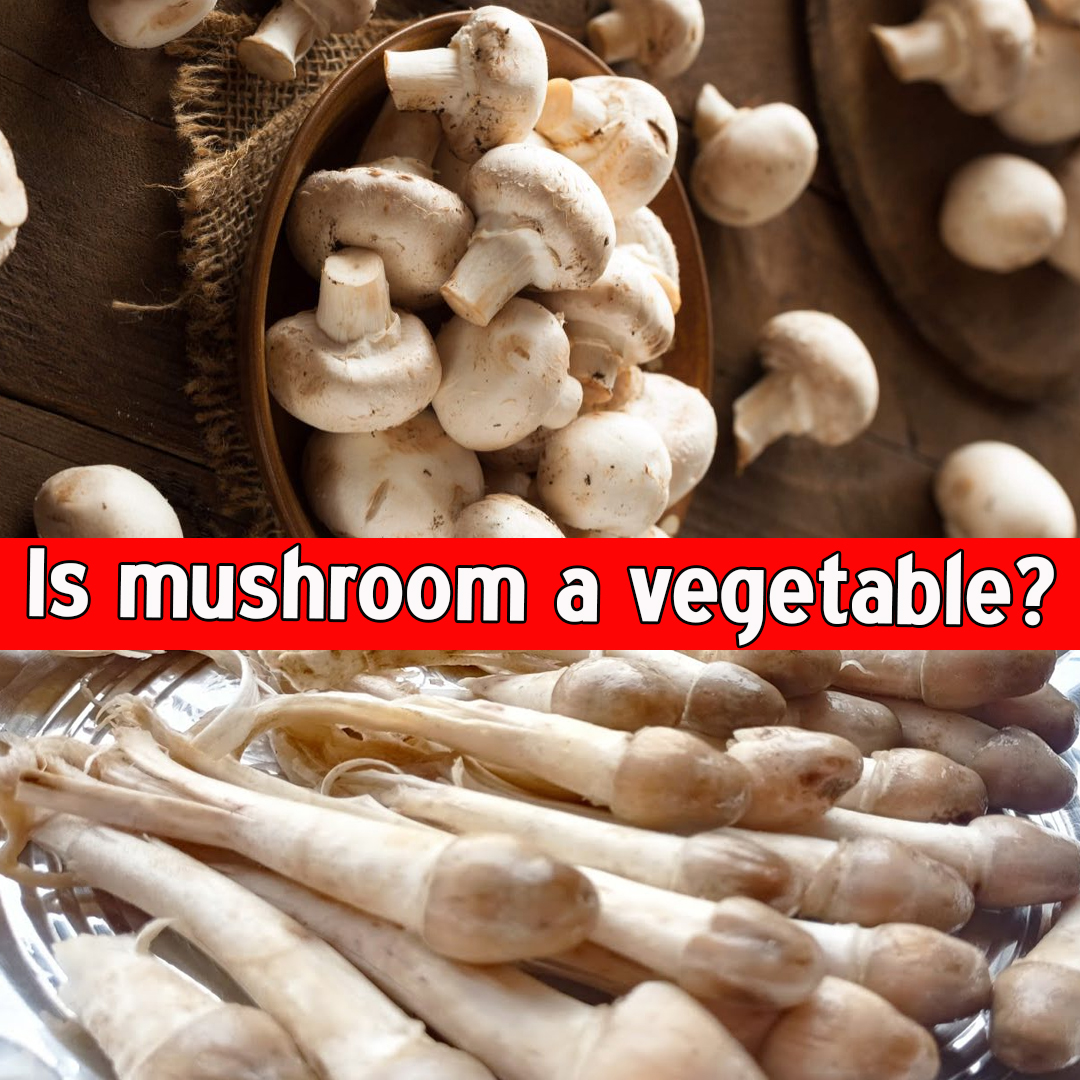

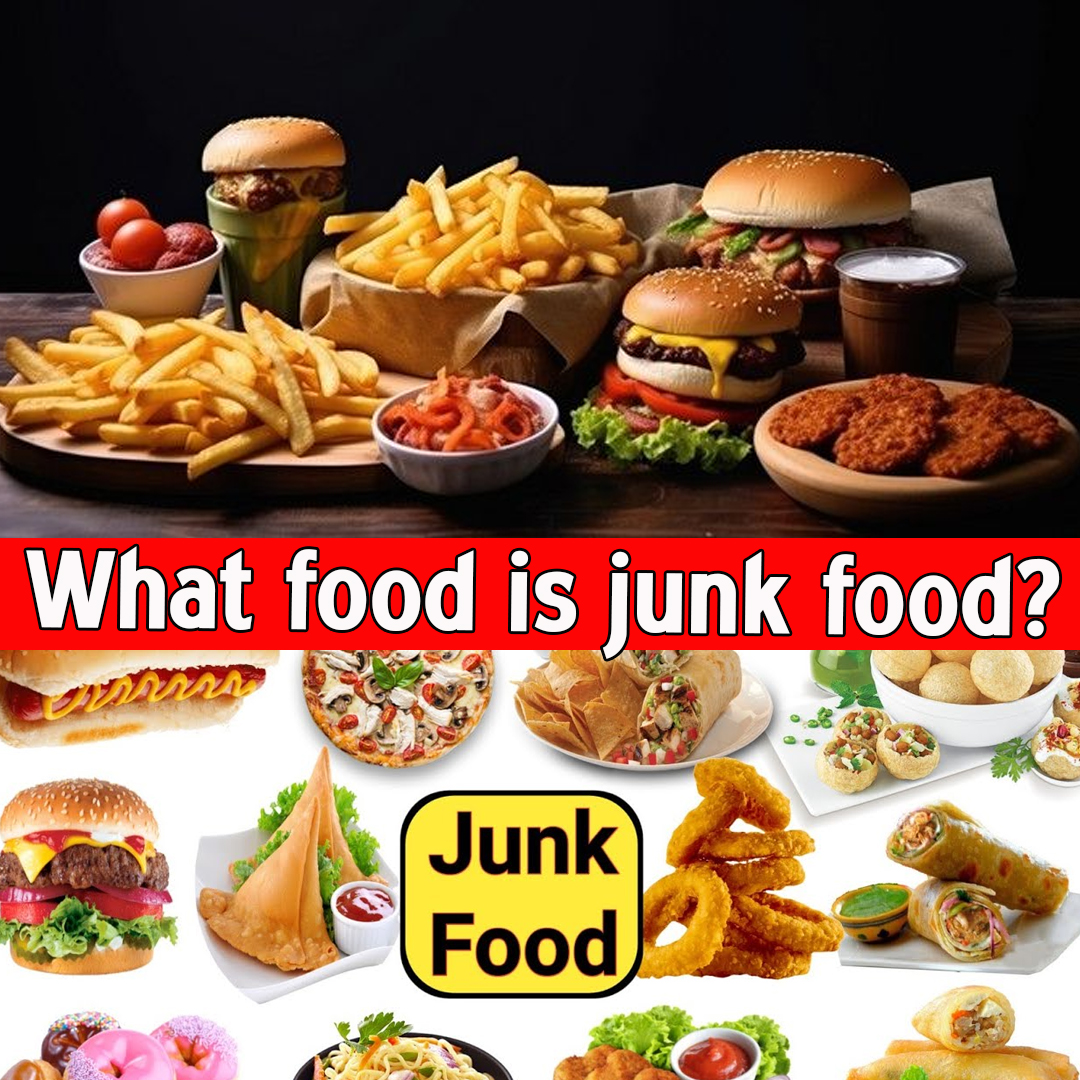

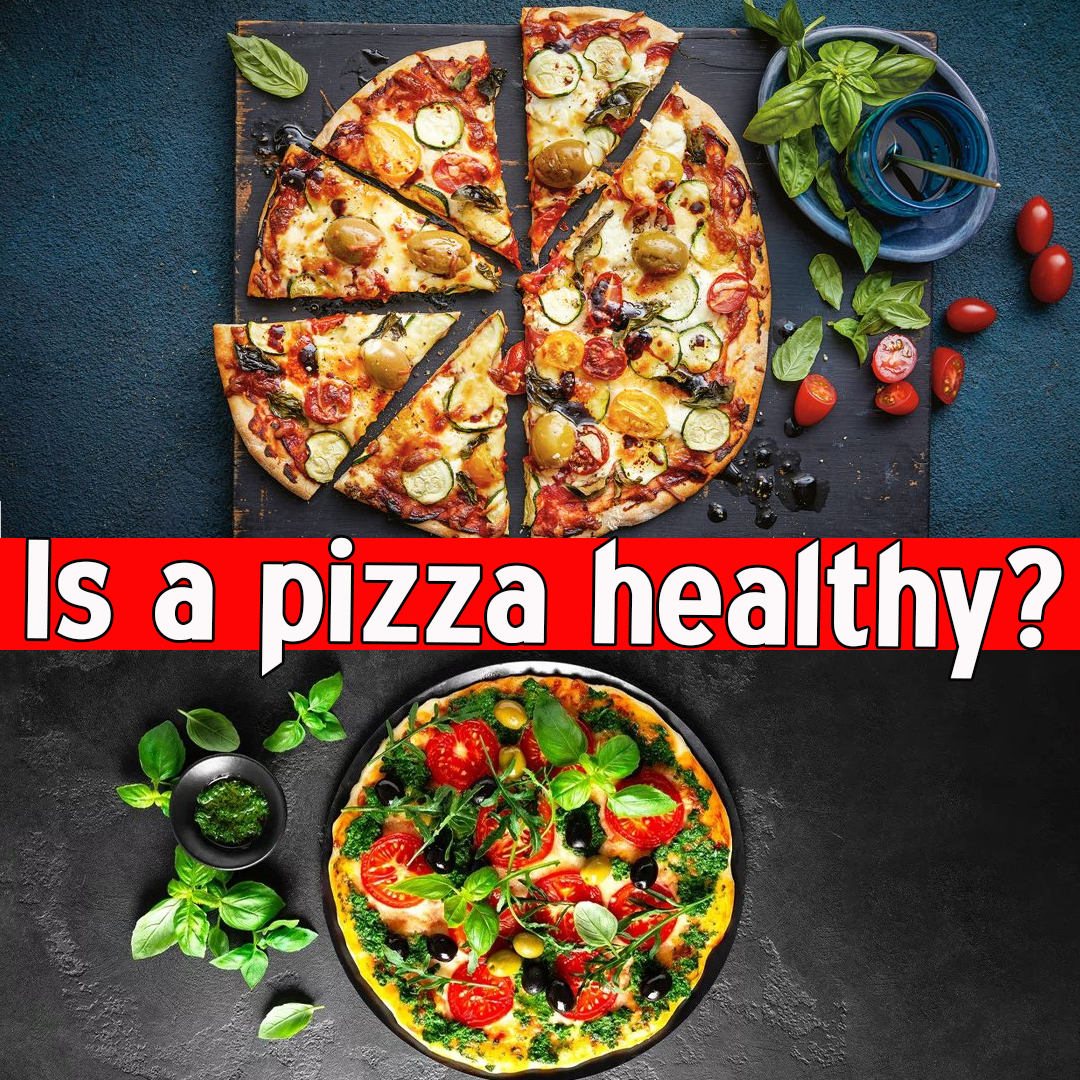

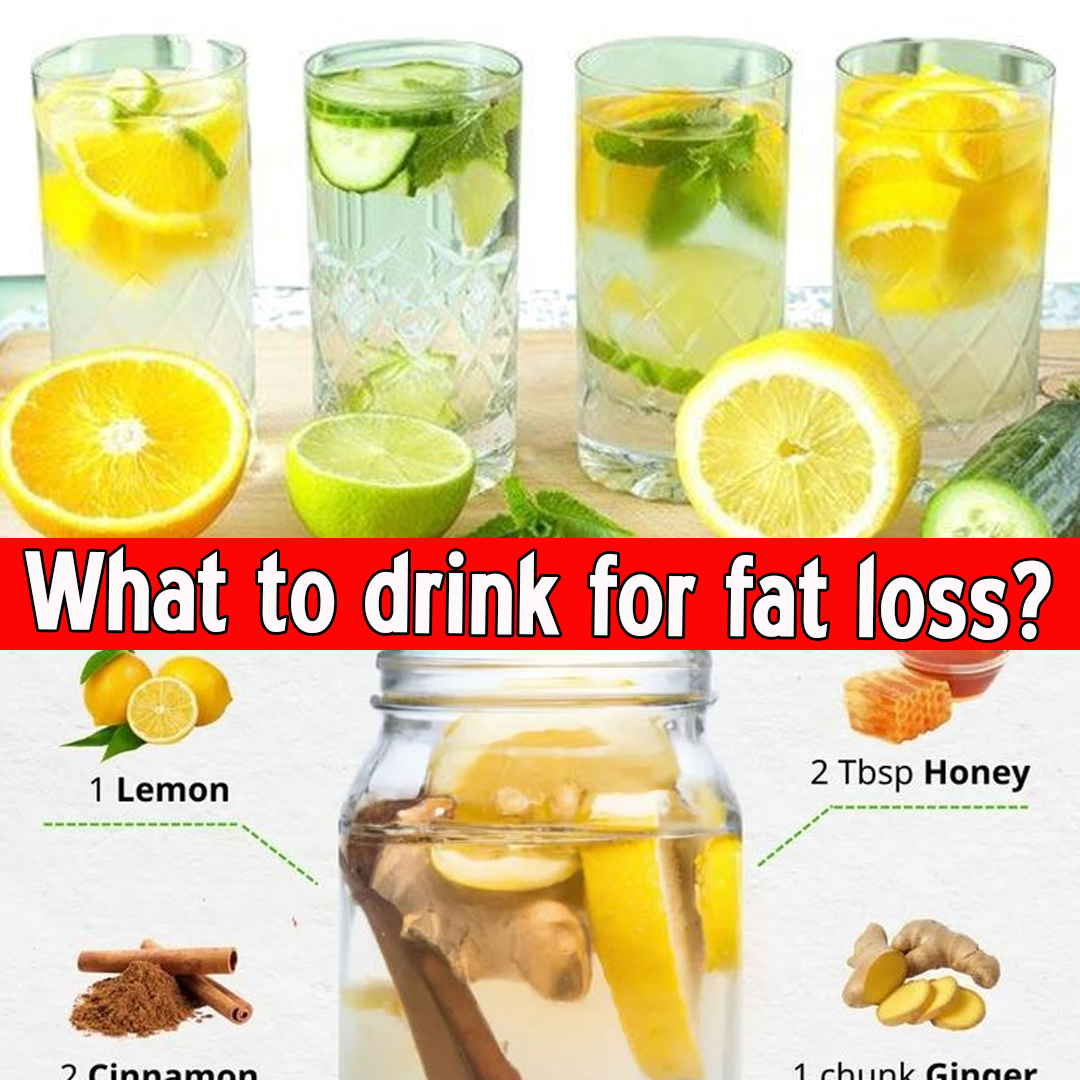
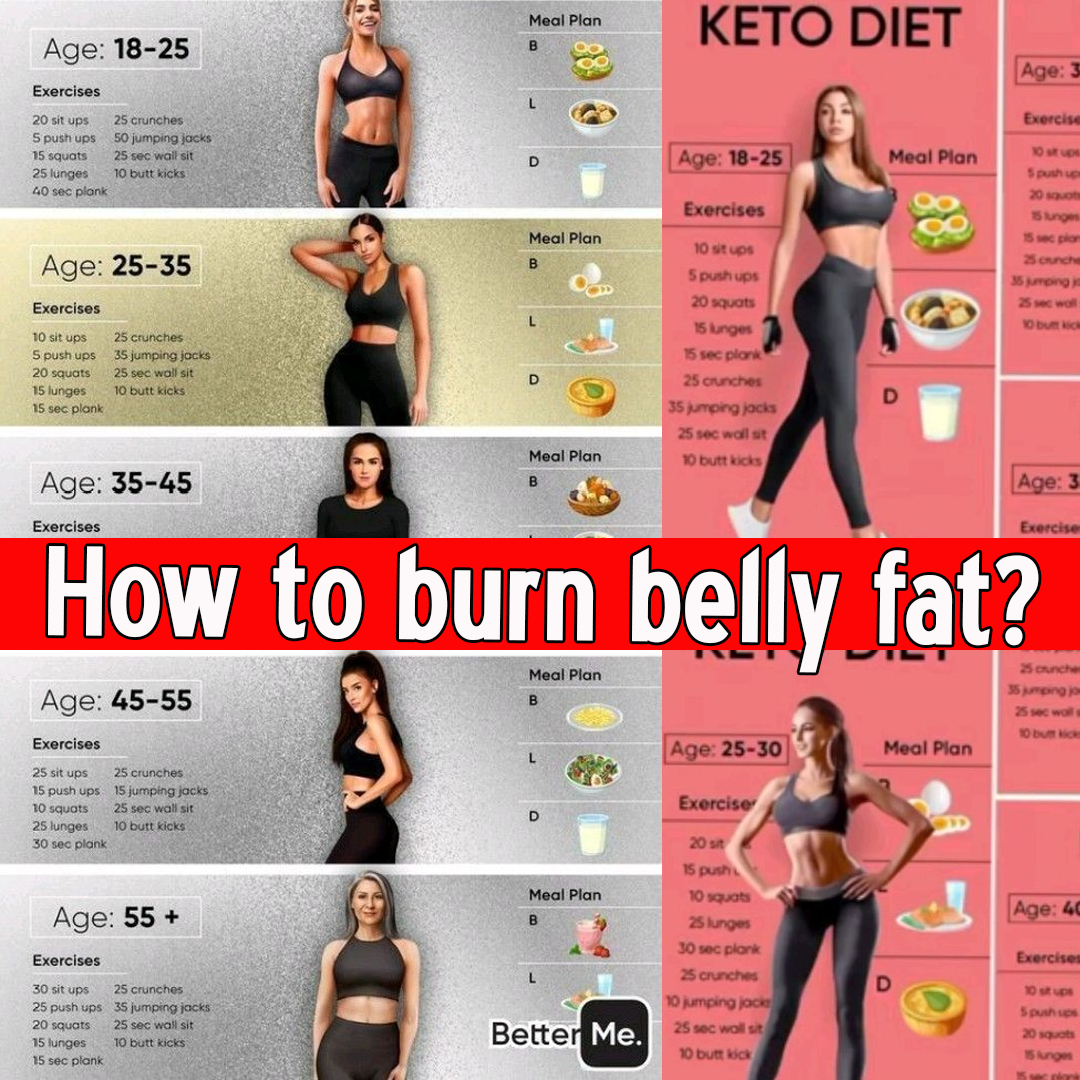

Leave a Reply